

Assassin’s Creed 3: Liberation, like many of the Vita titles released since the handheld’s debut, promises to faithfully bring its winning console formula to the handheld market. Its developer, Ubisoft Sofia, even sought fit to give this leg of the franchise its own protagonist, story, and setting, and only overlap with Assassin’s Creed 3 in a few small areas. Essentially, the developers wanted to prove Liberation was not a port, but a fully-fledged Assassin’s Creed experience tailor made for the Vita.
Unfortunately, as a result of many unsuccessful releases for the Vita, there’s an inherent stigma attached to the handheld that suggests a ton of gimmicky mechanics, and a half-baked concept that never truly fleshes itself out in any meaningful way. However, despite previous failures there was still the hope that Assassin’s Creed 3: Liberation would be the Vita title to break the mold.
In a lot of ways Liberation is exactly what gamers want: a handheld version of Ubisoft’s popular, time period-jumping franchise. It features a rather large set of open world environments — most specifically New Orleans in the 1760’s and its associated “Bayou” — and puts players in control of a seasoned assassin named Aveline, who seeks to topple the instances of corruption and slavery amidst her home town.
Players are presented with a decent number of main quests, and an even larger tally of side quests, and are given some range of freedom with which to complete them. No need to spend too much time explaining the basic structure because in that regard, Liberation feels like a true Assassin’s Creed experience. The missions are short enough — occasionally far too short and offering little to do — that they are easily completed without an substantial time commitment.
The game isn’t a copy/paste job, though, and it actually introduces some interesting new concepts and mechanics that seek to keep things feeling fresh. It starts chiefly with the character of Aveline, who just so happens to be female, half-French, and half-African. While, as a protagonist, Aveline breaks some new ground — not just for the AC franchise, but for video games in general — her story does not befit such an intriguing character.
Liberation plops players in the midst of Aveline’s “golden years” as an assassin and doesn’t do much to flesh out her back-story or provide her with any worthwhile motivations. She is merely the blunt instrument through which players complete the lackluster, and relatively uneventful, missions. There are some elements of intrigue to the proceedings — fights to be had, targets to kill, and a few unique missions along the way — but ultimately the story is forgettable and barely feeds back into the overall Assassin’s Creed mythos.
Playing as Aveline does present its own unique mechanics, as players can outfit her in three distinct personas: the lady, the slave, and the assassin. These personas imbue Aveline with specific abilities, and can be mixed and matched for greater success. Playing with the lady persona, for example, allows Aveline to enter restricted areas more easily, and to charm guards into leaving their posts. But because of her cumbersome 1760’s get-up she is unable to climb any object and is less formidable in combat.
On the other hand, the slave persona, like the traditional assassin, allows Aveline to climb across the ornately designed rooftops of New Orleans or through the densely packed treetops of The Bayou, and also gives her the ability to blend in with any nearby working slaves, a handy trick for the missions that require she tail a target. However, operating as the slave or the assassin puts players at greater risk of being spotted.
While the concept of the three personas, and finding the right one for any given mission, is intriguing, their implementation leaves a lot to be desired. Any mission where the lady persona is required (many missions outright require Aveline don a specific outfit) is tedious to the point of boredom. Watching Aveline slowly trot around New Orleans isn’t fresh and exciting; it’s asking the player to walk around essentially as an NPC. Creating these three personas is one thing, but finding ways to make playing as each compelling and unique is another, and Liberation completely misses the mark in that regard. Thankfully, a lot of the game can be played in the assassin or slave persona, which allows the player to be the rooftop lurking assassin they are accustomed to.
Gameplay as the assassin or slave has touches of that console Assassin’s Creed experience, and a few new weapons (like the whip and blow gun) to play around with, but ultimately it comes off as extremely clunky. Everything from the combat to the general movement lacks even a basic level of refinement, to the point that nearly every action must be performed with the utmost care or else an undesired result will occur. In all honesty, Liberation plays like the earlier AC games, before Ubisoft fine-tuned core elements like open combat, AI reaction patterns, and most importantly what makes an exciting mission. To make matters worse, the game is filled with graphical inconsistencies, bugs, and camera problems that constantly work against what should be a really fluid experience. It’s only the essential climbing mechanics that work well, and that’s probably for the best, since a lot of the game requires simply moving between points of interest.
Every now and again the game will ask the player to complete a specific maneuver using one of the Vita’s many bells and whistles, and for the most part those mechanics are simple and inoffensive. Sliding two fingers — one on each side of the Vita — across the top of the handheld to mimic opening an envelope is clever, but is pointless in the grand scheme of things. However, more specific touch mechanics, like holding the rear camera up to a light source to illuminate a hidden message or using the gyroscope to guide a marble Super Monkey Ball style, are extremely problematic, and the former sequence nearly broke the game for me. Using the touch screen to manage inventory and navigate menus is fine, and is what most people expect when the term “Vita functionality” is tossed about, but anything beyond that and Ubisoft opens up not just the game, but also the Vita itself, for criticism.
Liberation also provides its own unique multiplayer component, but don’t expect anything remotely resembling the fun cat-and-mouse experience featured in the console versions. Instead, players are treated to an asynchronous, pseudo card game that presumably was only added to make the title as well rounded as possible. It’s not worth even a second of players’ time.
Assassin’s Creed 3: Liberation will surprise players in a lot of ways, both in terms of its new protagonist and its numerous gameplay options, but its execution brings nearly everything down. For every positive there’s a negative, for every competent mechanic there’s a glaring flaw. The experience is recognizable and familiar, more so than many of the Vita ports out there, but only from the surface. When the player digs deeper they will discover a game filled with half-baked ideas, and with very little to offer in terms of the overall Assassin’s Creed mythology. Assassin’s Creed 3: Liberation is not the killer-app Vita owners have been waiting for, and is only for devoted fans of the franchise, but its core concepts, story, and character could be worth further exploring if given the care and attention the major console releases receive.
Have you had a chance to check out Assassin’s Creed 3: Liberation? What do you think? Share your thoughts in the comments below.
Assassin’s Creed 3: Liberation is out now for the PlayStation Vita.
–
Follow me on Twitter @ANTaormina.
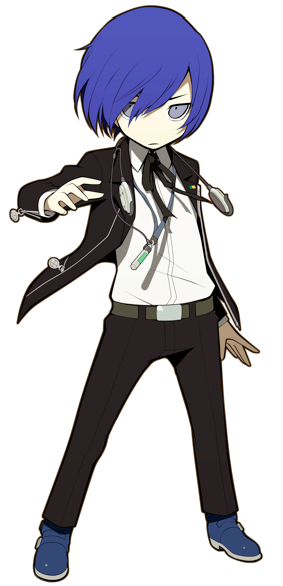
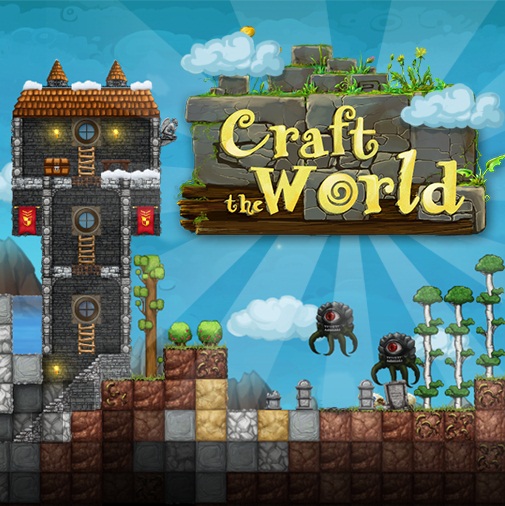


 Ben Spurr Makes Game Advocating Physical Violence Against Anita Sarkeesian
Ben Spurr Makes Game Advocating Physical Violence Against Anita Sarkeesian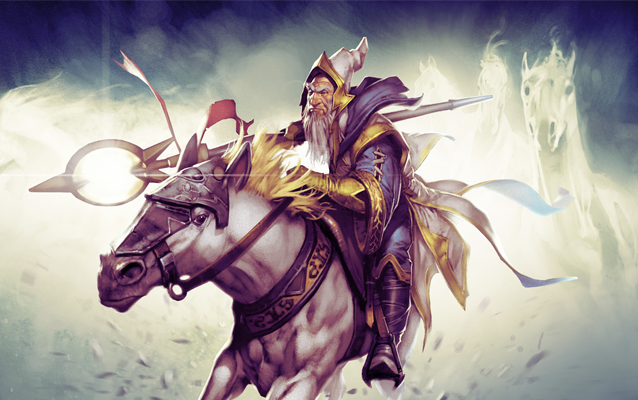 Dota 2’s 6.81 Patch Is Live! Here Are The Most Important Changes
Dota 2’s 6.81 Patch Is Live! Here Are The Most Important Changes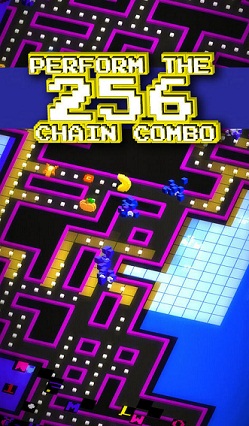 Pac-Man 256 (Android) review
Pac-Man 256 (Android) review The Weekly Wrap-Up
The Weekly Wrap-Up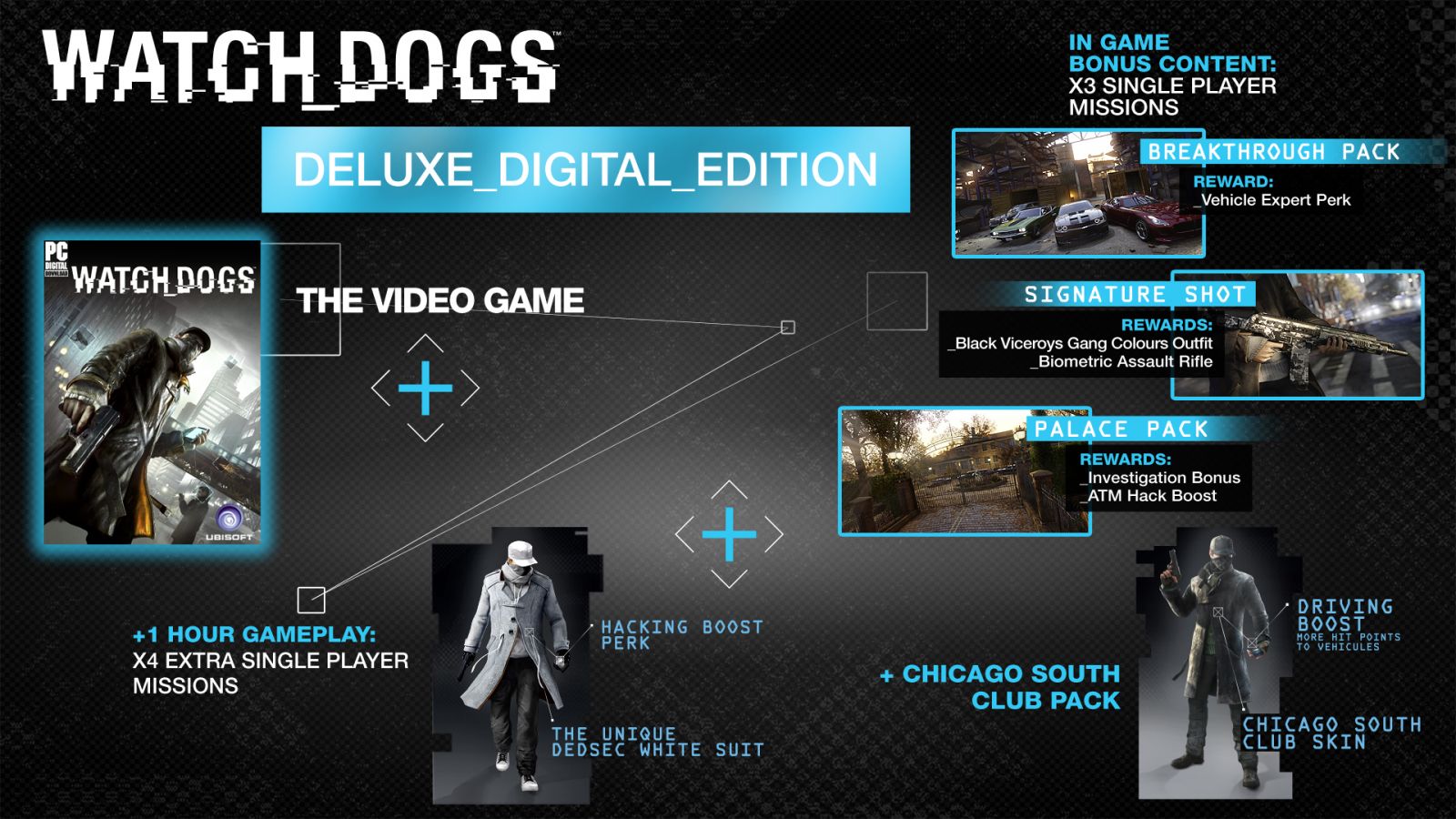 Watch Dogs extra content details including Breakthrough, Palace, White Hat and Signature Shot DLC Packs
Watch Dogs extra content details including Breakthrough, Palace, White Hat and Signature Shot DLC Packs